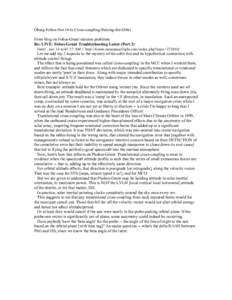 Date: 2011-12-07 03:56:16Astrodynamics Moons of Mars Celestial mechanics Fobos-Grunt Phobos program Phobos Mars Climate Orbiter Beta angle Attitude control Spaceflight Spacecraft Space technology | |  Oberg-Fobos-Nov14-Is Cross-coupling-Raising-the-Orbit From blog on Fobos-Grunt mission problems Re: LIVE: Fobos-Grunt Troubleshooting Latest (Part 2) JimO nov 14 at 01:17 AM // http://forum.nasaspaceflight.com/index.php? Oberg-Fobos-Nov14-Is Cross-coupling-Raising-the-Orbit From blog on Fobos-Grunt mission problems Re: LIVE: Fobos-Grunt Troubleshooting Latest (Part 2) JimO nov 14 at 01:17 AM // http://forum.nasaspaceflight.com/index.php?
Add to Reading ListSource URL: www.jamesoberg.comDownload Document from Source Website File Size: 61,01 KBShare Document on Facebook
|

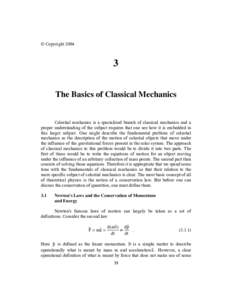
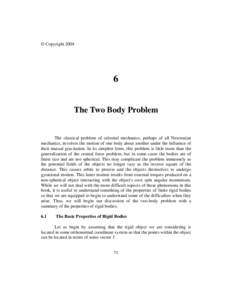
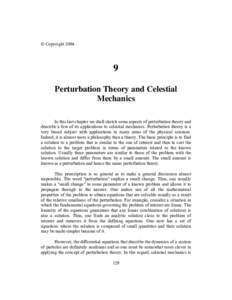
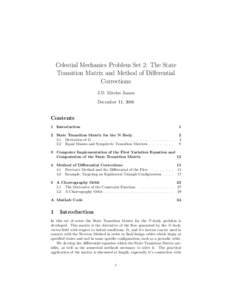
 Oberg-Fobos-Nov14-Is Cross-coupling-Raising-the-Orbit From blog on Fobos-Grunt mission problems Re: LIVE: Fobos-Grunt Troubleshooting Latest (Part 2) JimO nov 14 at 01:17 AM // http://forum.nasaspaceflight.com/index.php?
Oberg-Fobos-Nov14-Is Cross-coupling-Raising-the-Orbit From blog on Fobos-Grunt mission problems Re: LIVE: Fobos-Grunt Troubleshooting Latest (Part 2) JimO nov 14 at 01:17 AM // http://forum.nasaspaceflight.com/index.php?